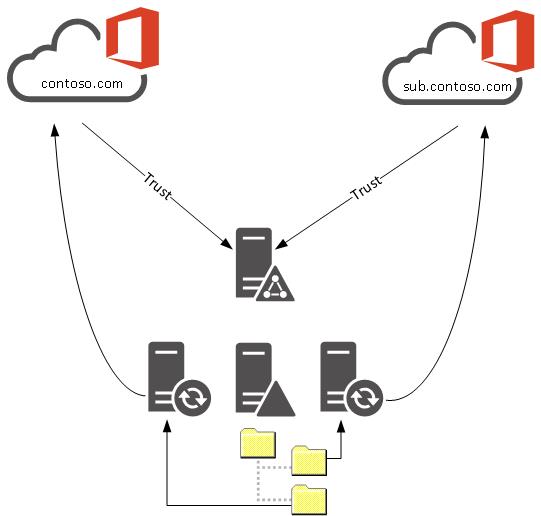Understanding Outlook Auto-Mapping
Auto-mapping is an Exchange & Exchange Online feature, which automatically opens mailboxes with Full Access permissions in a delegate’s Outlook client. The setting is configurable by an Administrator when Full Access permissions are assigned for a user. Once enabled, the periodic Autodiscover requests from the Outlook client will determine which mailboxes should be mapped for a user. Any auto-mapped mailboxes with be opened by the Outlook client in a persistent state and cannot be closed by the user.… [Keep reading] “Understanding Outlook Auto-Mapping”

